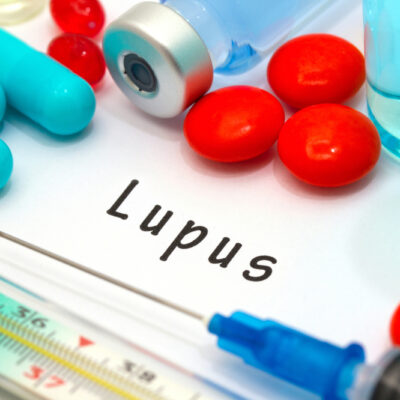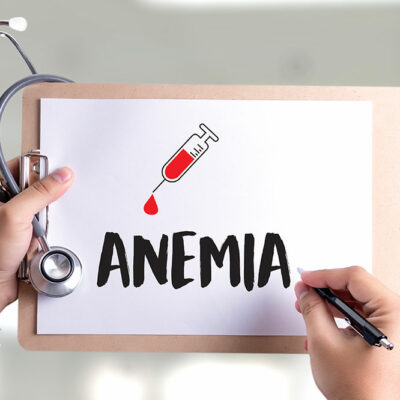
Health
7 Common Risk Factors for Breast Cancer and Treatments
According to statistics, most breast cancer cases are found in women who are older than 50 years of age. And one in every eight women develops invasive breast cancer in her lifetime. This is a cause for concern, and therefore, doctors recommend regular breast examination, as well as medications like Trastuzumab, Tamoxifen, and Ibrance if cancer is detected. There are certain risk factors that put some women at a higher risk of developing this condition. They are as follows: 1. Genetic mutation There are some risk factors that can be controlled by an individual, while some cannot be. Gene mutations BRCA1 and BRCA2 are one of the most common causes of breast cancer. These mutated versions lead to abnormal cell growth that is responsible for the development of cancer. 2. Old age As women age, their bodies may become more susceptible to severe conditions, such as cancer. Studies suggest that most breast cancer cases occur in women aged between 55 and 64 years. This is not to say that the condition cannot occur at a younger age. 3. Obesity Obesity leads to several health scares, breast cancer being one of them. However, this is a risk factor that can be managed through changes in lifestyle.
Read More 















